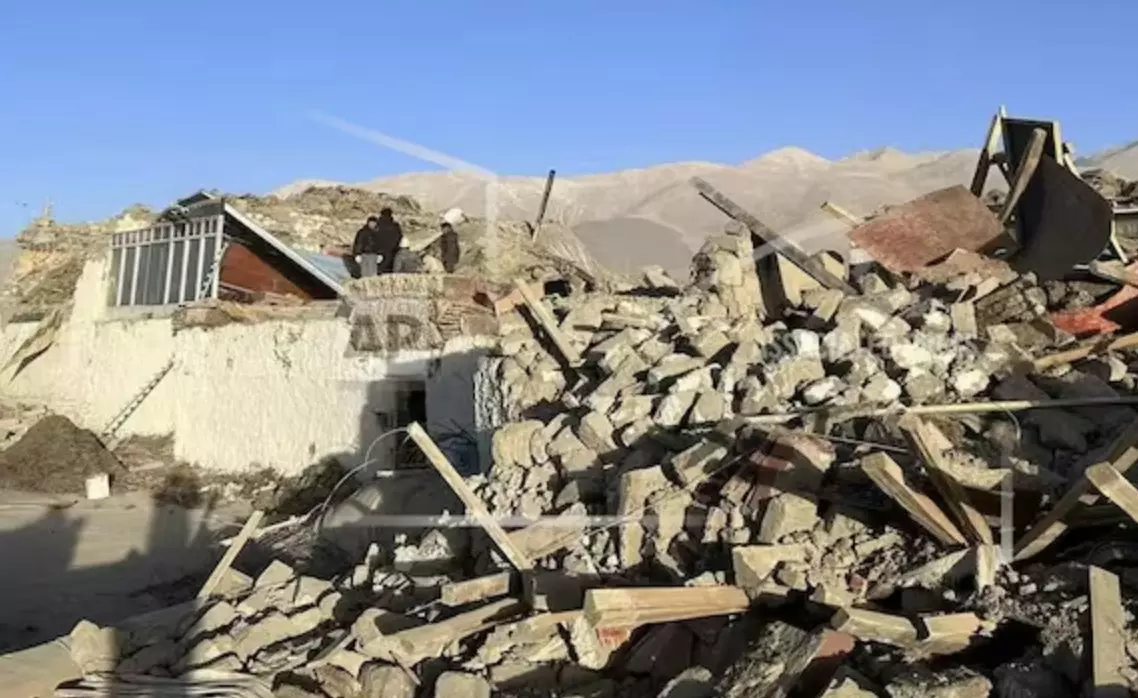Massive earthquake in Tibet claims 126 lives: Causes explained
Massive earthquake in Tibet claims 126 lives: Causes explained

Tibet experienced a devastating earthquake early Tuesday morning, resulting in at least 126 deaths and over 130 injuries. The quake struck Tingri County, approximately 80 km north of Mount Everest, at 6:35 am. The Chinese authorities recorded a magnitude of 6.8, while the US Geological Survey reported it as 7.1. Tremors were felt across Nepal, Bhutan, and parts of India, extending as far as Kathmandu, around 400 km from the epicenter. Fortunately, Nepal reported no casualties.
What Caused the Earthquake?
The powerful quake was caused by a rupture in the Lhasa block, a region under immense tectonic stress. This zone is a critical area for seismic activity, driven by the ongoing collision of the Indian and Eurasian tectonic plates—a process that has been shaping the Himalayas for 60 million years.
Recent studies suggest that a "slab tear" is occurring beneath Tibet, where the Indian plate's upper crust detaches from its denser lower layer. This phenomenon generates significant seismic activity and could theoretically divide Tibet into two segments, although no visible surface cracks are expected. Researchers are investigating earthquake waves, deep-seated tremors, and gas emissions to better understand this complex tectonic behavior.
Historical Context and Future Risks
Tibet has endured numerous earthquakes in the past, including a magnitude 8.6 quake in 1950. The Himalayas remain one of the most geologically active zones on the planet, and scientists caution that the continuous collision of tectonic plates amplifies the risk of major earthquakes in the region.
Response and Relief Efforts
Chinese President Xi Jinping has called for immediate action to minimize casualties and ensure proper resettlement for those affected. Emergency teams are on the ground managing relief efforts, while aftershocks continue to unsettle the area. In light of the disaster, China has temporarily closed tourist zones near Mount Everest.
The quake is a stark reminder of the seismic volatility in the Himalayan region, underlining the need for ongoing monitoring and preparedness to mitigate future disasters.

